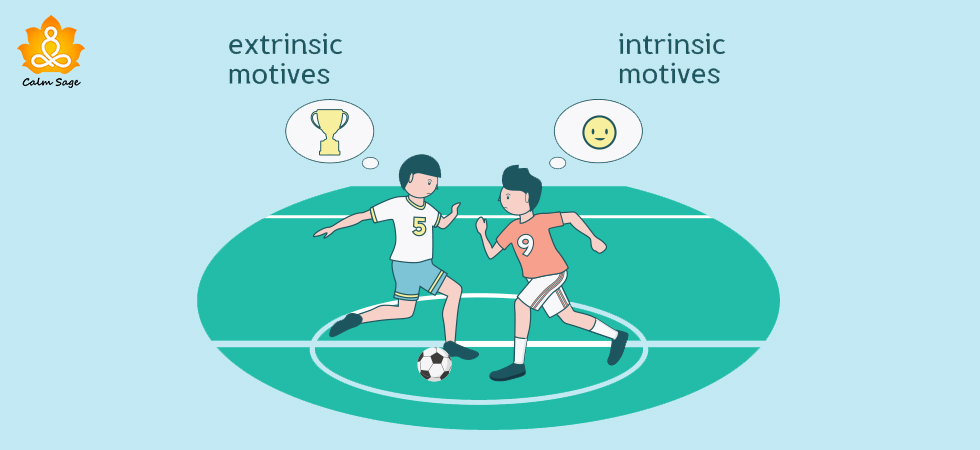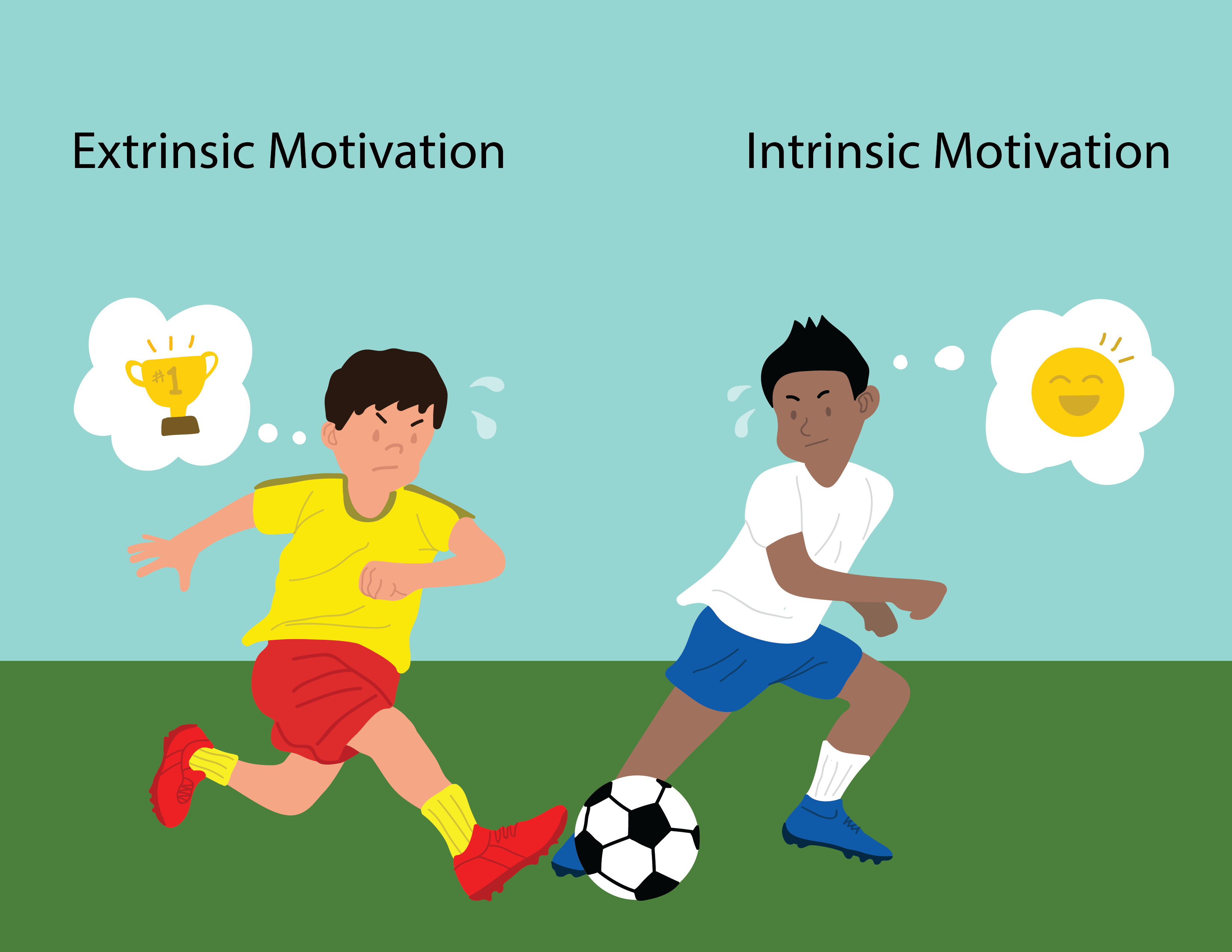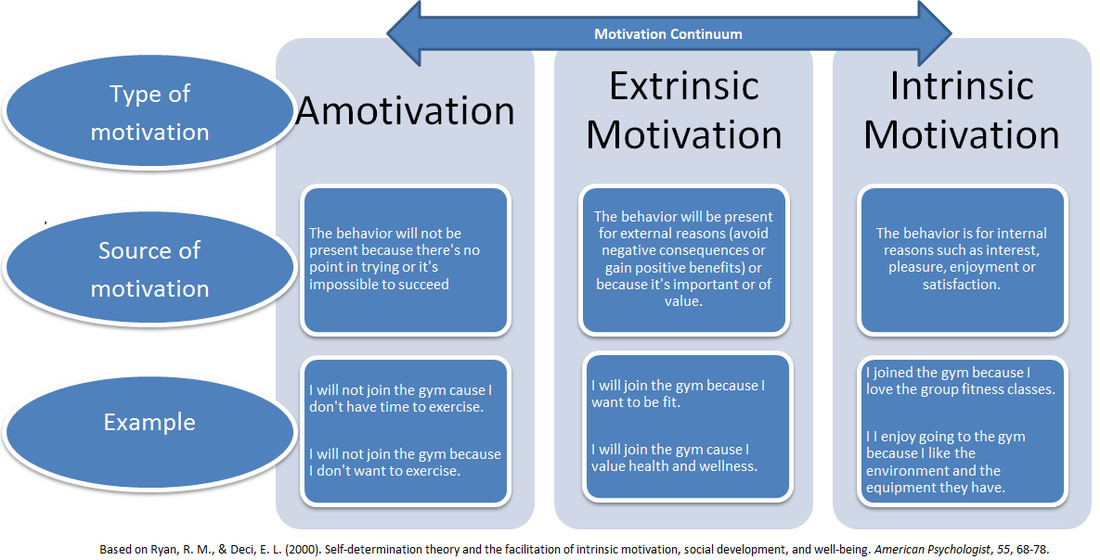

For example, a child spends countless hours practicing the piano for a recital because she doesn’t want others to look down on her if she doesn’t play well. Introjected regulation means we have accepted the outcome as necessary, but we don’t fully accept it. Such as cleaning the house before your mother-in-law arrives. What are the 4 types of extrinsic motivation? External RegulationĮxternal regulation involves doing something to satisfy an external demand or receive a reward. Let’s look at the four types of extrinsic motivation. In fact, it can be highly beneficial in some situations - especially when you need to complete a task you don’t enjoy. Or, you’re doing it to avoid a less-than-positive outcome or punishment from an external source.īeing extrinsically motivated isn’t necessarily a bad thing.

You’re not inspired to do something for the pure joy it brings you.īut it could be the promise of public recognition, improving your social status, or a financial incentive. With extrinsic motivation, an external factor motivates you.

Intrinsic motivation can take many forms, whether it be in the workplace or your personal life. We want to understand how our role and efforts contribute to the organization. With so many hours spent working, we need that time to matter. Purpose is the desire to do things that matter - to make a difference.
#Scenarios of extrinsic vs intrinsic motivation professional#
We love to “get better at stuff.” We enjoy the satisfaction of personal and professional achievements. Mastery is the desire for constant self-improvement. When we are given absolute autonomy, we’re more engaged and intrinsically motivated to complete a task.

What are the 3 types of intrinsic motivation? AutonomyĪutonomy is our desire to take charge of our own lives. Let’s look in closer detail at the three elements of intrinsic motivation. Thus, we become more motivated by intrinsic factors. Money is an excellent motivator in our jobs, but we search for added value once we’re satisfied with our pay. Of course, for simple tasks, external methods of motivation - or the “carrot and stick” approach - can work. The promise of a prize or profit isn’t your driving force. Or, you feel an internal drive towards performing a task because it is more about personal growth, purpose, or it’s the right thing to do. Intrinsic motivation involves doing something simply because of the pure pleasure it gives you. We’ll explain what intrinsic and extrinsic motivation theory is, discuss the benefits of each, and provide examples. Or it could be the promise of an external reward at the other end that sees you through to the end - which is an example of extrinsic motivation. Internal - or intrinsic motivation - pushes you to achieve your goal. The driving force behind why we do what we do typically falls into one of these two categories.įor example, you may be more motivated to complete a task because it makes you feel good. Do you want to understand the differences between intrinsic vs.


 0 kommentar(er)
0 kommentar(er)
